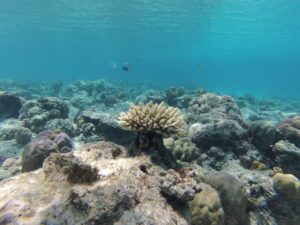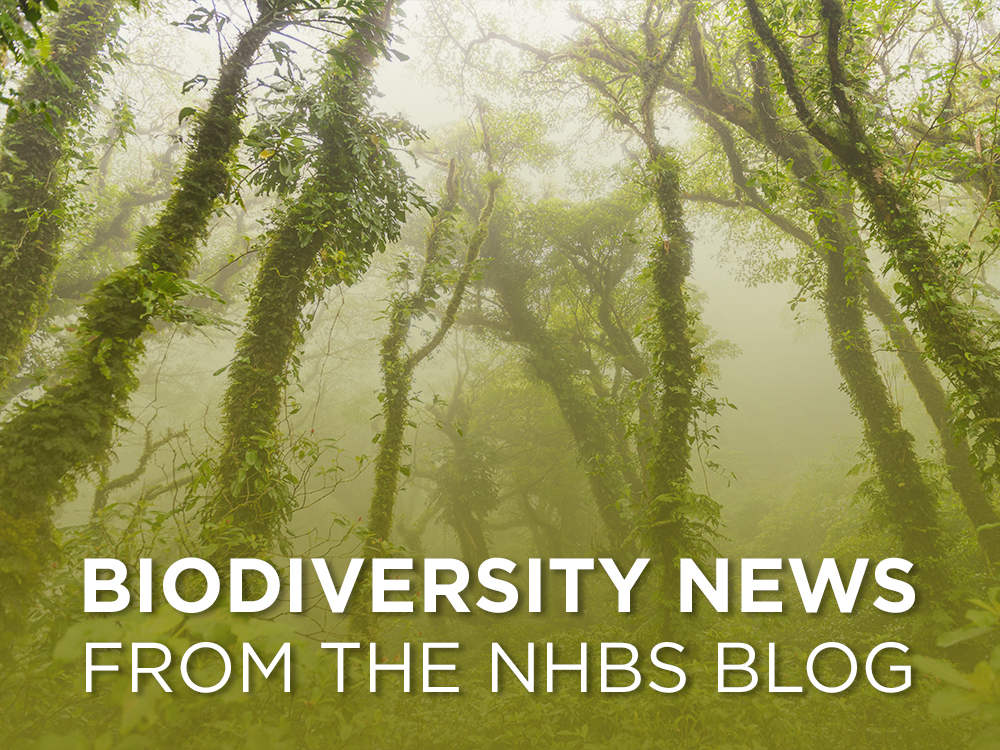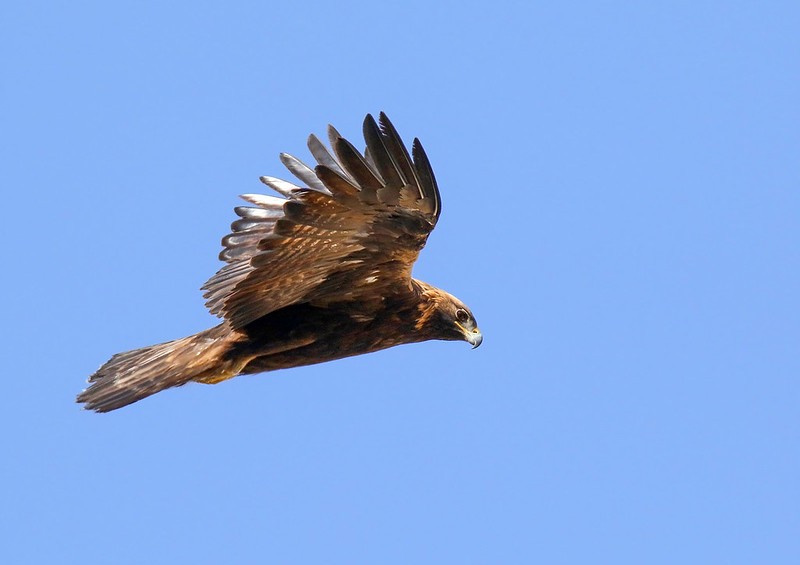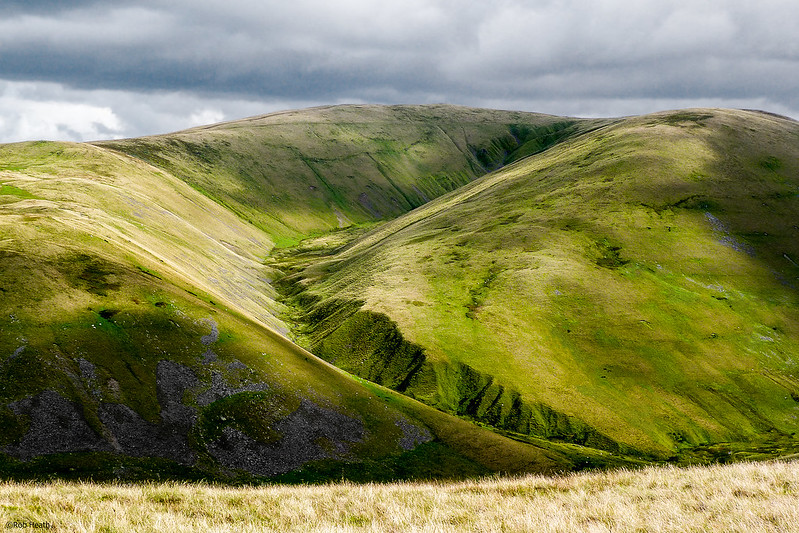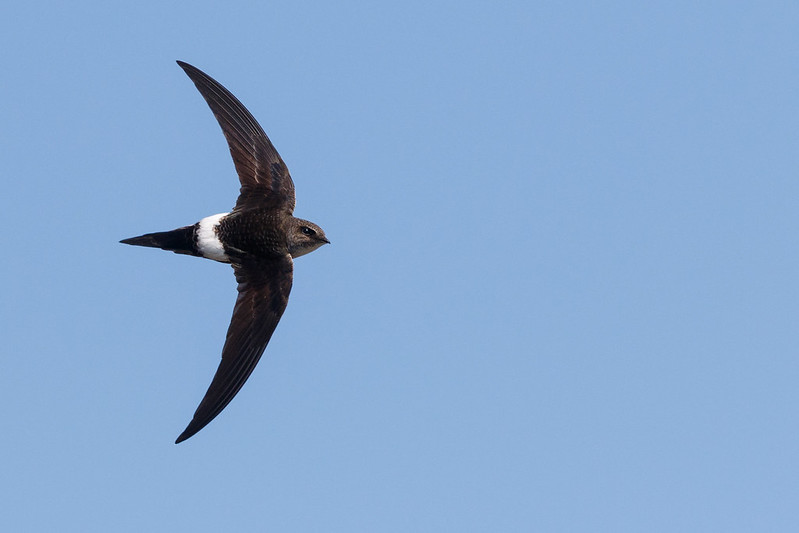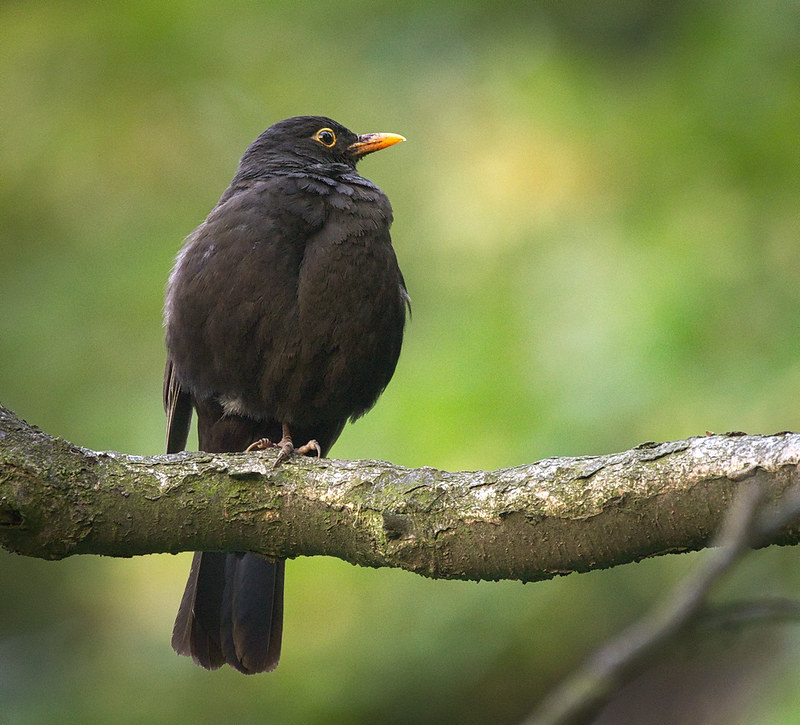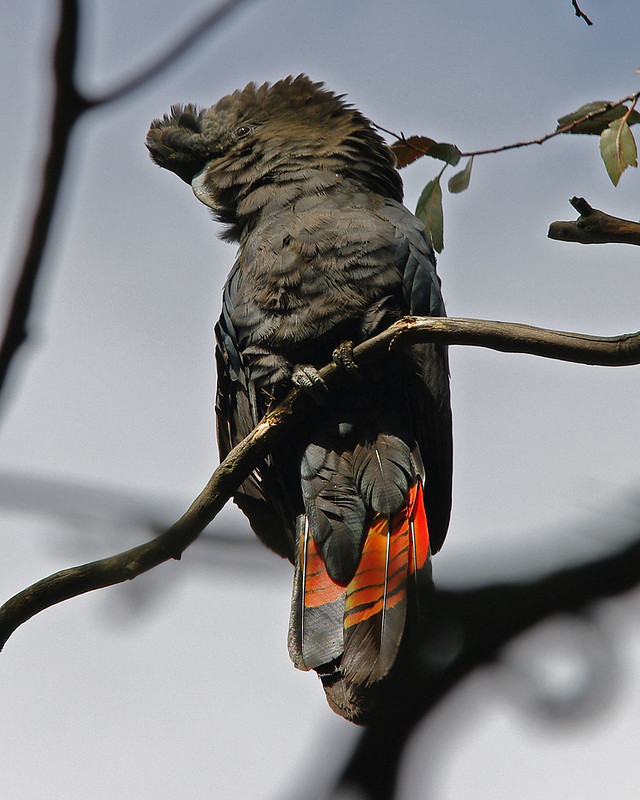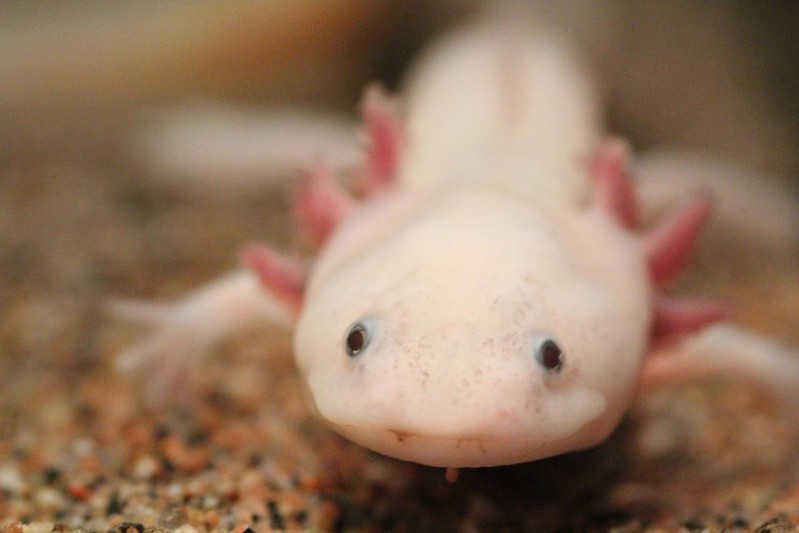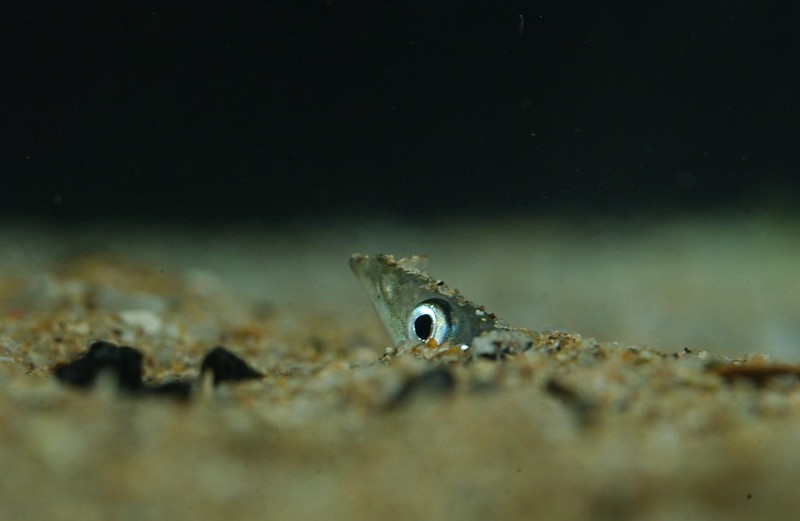Wildlife
Proposal to reintroduce Eurasian Lynx to Northumberland
A draft proposal for a trial reintroduction of Eurasian Lynx to Kielder Forest, Northumberland has been released by the Lynx UK Trust. The organisation ‘s previous application to reintroduce lynx to the same site in 2018 was rejected by then incumbent environment secretary Michael Gove. He cited the proposal’s failure to properly address the ‘social feasibility’ of reintroduction as reason for rejection. A trial release of lynx may be ecologically feasible but concerns relating to the potential of sheep predation persist. Tony Juniper of Natural England has stated that are introduction of lynx “should be looked at” but “we need more engagement to understand how communities that would be living with these animals would be able to continue with what they do”. Paul O’ Donohue, CEO of the Lynx UK Trust, believes that further attempts to engage farmers and stakeholders would be a waste of time, stating “sheep farmers will never change their position on lynx reintroduction, making more calls for more engagement utterly futile”. Meanwhile, Lynx for Scotland, a separate charitable organisation has coordinated a 100page report which seeks to address the concerns of farmers and other stakeholders, they hope to release a substantiated proposal in the future if social and ecological feasibility for lynx reintroduction can be established.
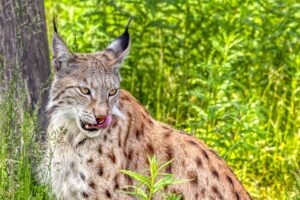
Environment
Peatland Protection
Danes Moss, a lowland raised bog on the outskirts of Macclesfield, is among the scarcest and most threatened habitats in the UK. The carbon storage capacity of the deep peat is invaluable and the open bogland hosts a biodiverse flora and fauna. With disregard to the habitat’s ecological significance, the peatland continues to be targeted as a site for housing development.
A recent planning application from Cheshire East Council has been withdrawn following a campaign from the Danes Moss Trust. CEC have cited ‘incompatibility with its climate and peatland policy’ as reason for the turnaround. The withdrawal has been positively received but campaigners and stakeholders remain braced for a revised proposal. If passed without amendment, ‘part 3’ of the proposed Planning and Infrastructure Bill could make it easier for developers to build on Sites of Special Scientific interest (SSSI) such as this.
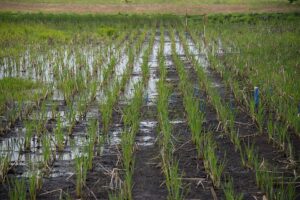
The Fens, Cambridgeshire was once Britain’s largest wetland and has been almost completely drained to facilitate traditional ‘dry’ agriculture and the growth of cereal crops. The Great Fen, between Peterborough and Huntington, represents part of a peatland restoration project within the Fen county and along with four other sites across Europe, has been selected for a wet farming or ‘paludiculture’ trial.
Under the project banner of ‘PaluWise’, the wet farming operation will run for four years under close monitoring. It aims to establish whether rewetted peatlands can be agriculturally productive whilst retaining the biodiversity and carbon storage capacity unique to wetlands.
Policy
UN Ocean Summit 2025
Representatives from nearly 200 countries met in Nice, France to discuss marine protection. The summit has culminated in fifty countries ratifying the High Seas Treaty, an international agreement to conserve and sustainably use high seas which lie outside of national jurisdiction. The fast tracking of the treaty has been welcomed as a positive development but significantly China and the US have not agreed to ratify.
Commitments made at the summit represent a small step in the right direction but silence from global superpowers and a litany of feeble sentiments like Emannuel Macron’s announcement that France will “limit” bottom trawling and seek to protect just 4% of its metropolitan waters- shows that we are a far cry from meeting marine protection targets.
A study from Dynamic Planet has suggested that 85 Marine Protected Areas (MPAs) would need to be notified every day if there is any chance of meeting the 30 x 30 target (an agreement to protect 30% of land and sea by 2030). This figure increases with every passing day of inaction.
